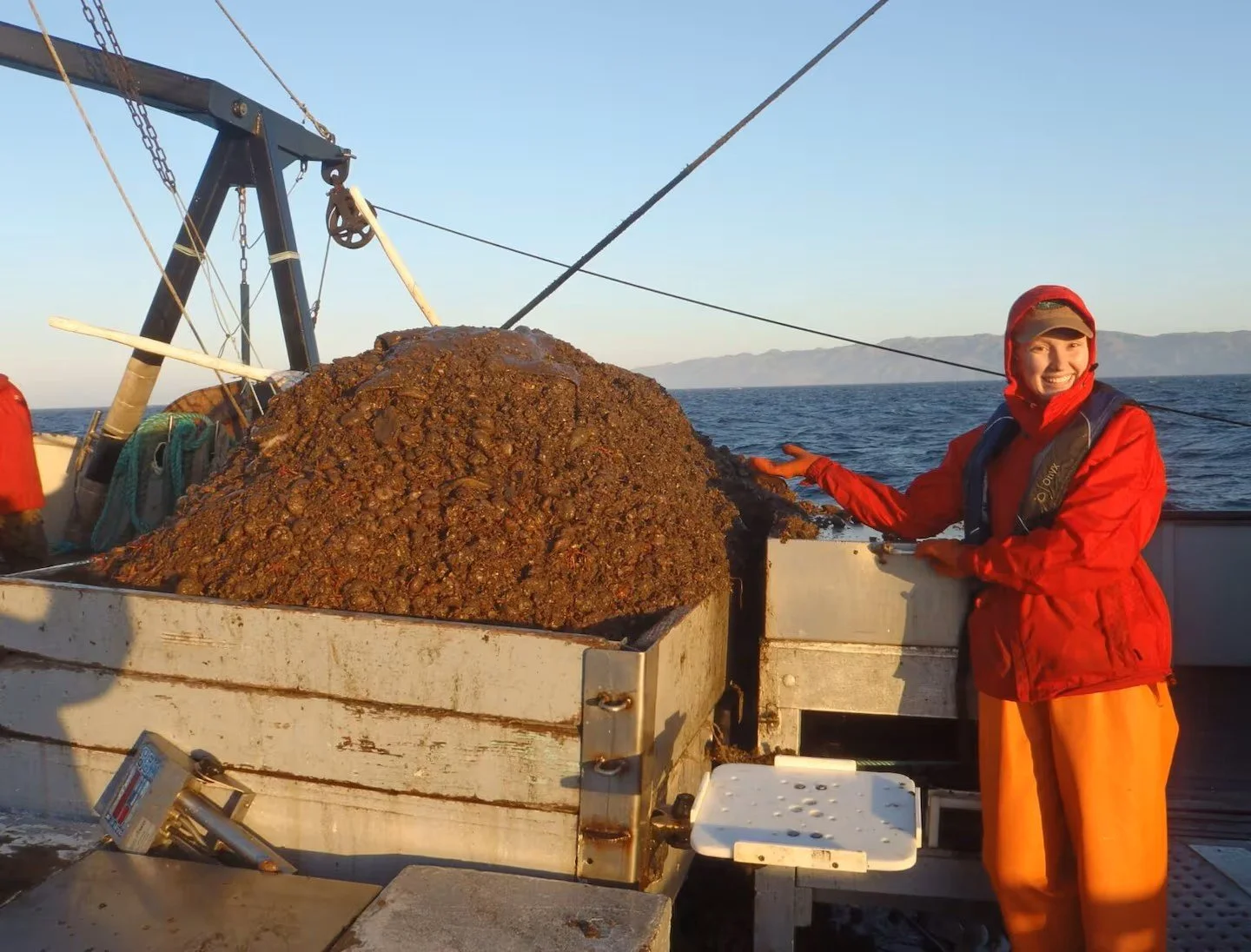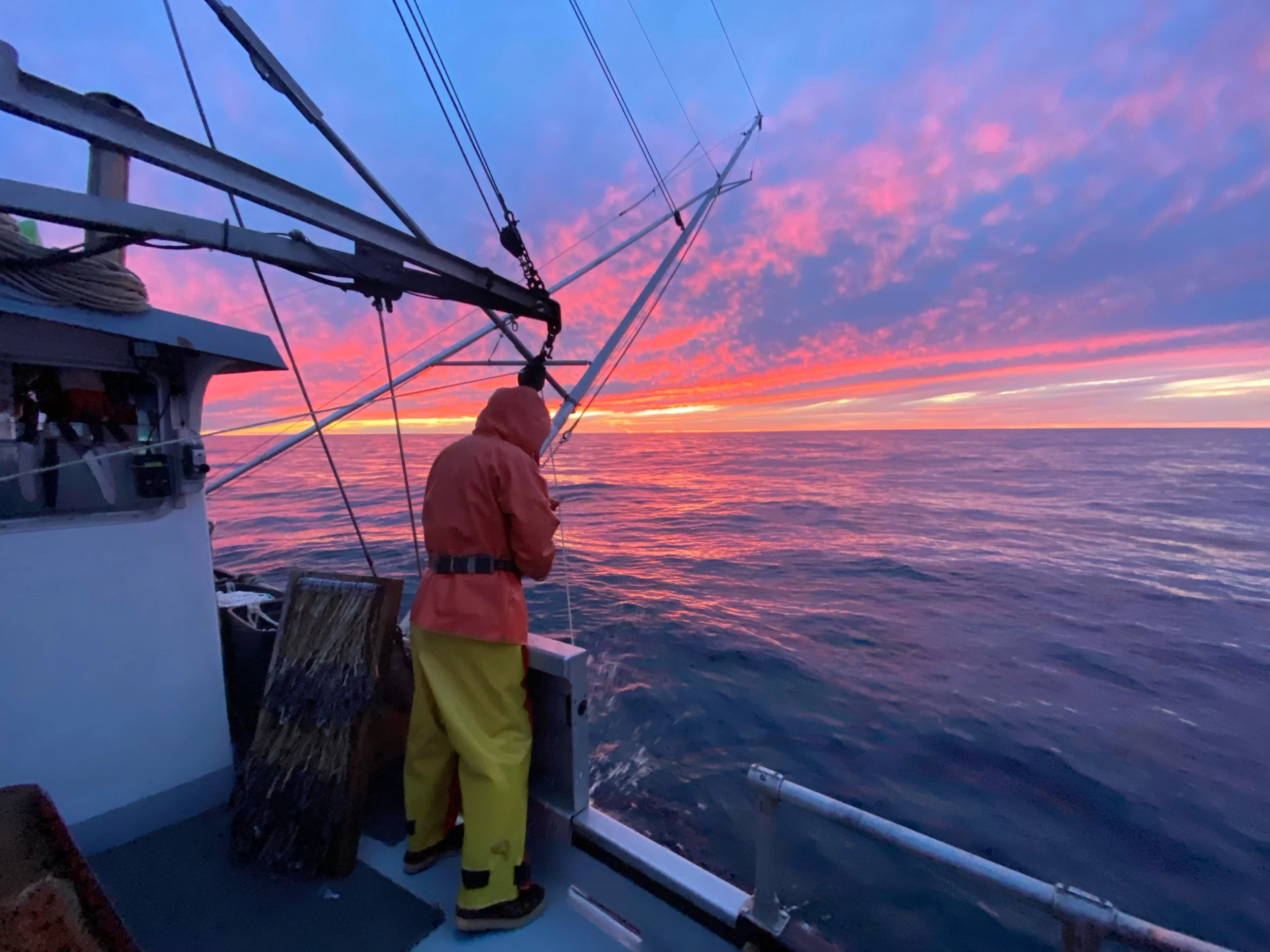Leaders of fishery conservation efforts in Alaska today expressed disgust over the Wild Fish Conservancy’s (WFC) lawsuit filed against the National Marine Fisheries Service on May 8th, asserting that WFC is undermining efforts to protect and sustainably manage wild salmon populations.
Judge blocks Trump EPA from clawing back $14 billion in climate grants, April 16, 2025
Washington Post
April 16th 2025
By Maxine Joselow
A federal judge has temporarily blocked President Donald Trump’s Environmental Protection Agency from terminating at least $14 billion in climate grants approved under President Joe Biden.
U.S. District Judge Tanya S. Chutkan of D.C. issued a preliminary injunction late Tuesday that prohibits the EPA from “unlawfully suspending or terminating” the grant awards. She also ordered Citibank, which was tasked with disbursing the funds, to release the money to the grant recipients.
The decision deals yet another setback to the Trump administration’s efforts to freeze climate spending across the government. Another federal judge ruled Tuesday that agencies must release billions in additional climate funding that had been paused since Inauguration Day.
Chutkan’s ruling marks the latest twist in an extraordinary fight over a grant program that remains central to Biden’s climate legacy. Commonly known as a “green bank,” the Greenhouse Gas Reduction Fund authorized tens of billions in grants for recipients to invest in green technologies such as solar panels, heat pumps, electric vehicles and more.
Read full article here
Guest writers: Bellingham’s SE Alaska salmon fleet threatened by lawsuits, misinformation
By Kendall Whitney and Linda Behnken.
This week marks the annual Wild Seafood Connection in Bellingham when independent commercial fishermen, chefs and seafood buyers come together to share information and build relationships in the local seafood marketplace. As they gather, we are reminded that small-boat fisheries sustain our food system and economy, providing nutritious seafood and renewable revenue.
Trump’s regulatory freeze disrupts U.S. fisheries
New study: Red Chris mine leaking toxicants into Stikine River headwaters
Salmon Beyond Borders
April 3rd, 2025
By Mary Catharine Martin
Salmon Beyond Borders calls for ban on mine waste dams along transboundary rivers
JUNEAU, ALASKA—A disturbing report recently released by Canadian conservationists has revealed that Canada’s massive Red Chris copper-gold mine, located in Tahltan Territory in northern British Columbia (B.C.), Canada, is contaminating groundwater, creeks, and lakes in the upper reaches of the Iskut River, the largest tributary of the transboundary Stikine River. The Stikine, North America’s fastest free-flowing navigable river, flows into the United States at the community of Wrangell, Alaska. It is a critical salmon producer for both countries, serves as key habitat for a wide array of wildlife, and has been both home and a trade route for Indigenous peoples for thousands of years.
The report details an investigation conducted by Terrace, B.C.-based organization SkeenaWild Conservation Trust, mostly using data that is not readily available and was obtained through Freedom of Information Act requests. Report findings include that critical fish habitat near the mine has been destroyed and the seepage of contaminants like selenium and copper from the Red Chris Mine’s waste facility and waste rock piles is higher than predicted and could negatively impact aquatic life. The levels of selenium detected in fish tissue in nearby lakes are increasing and could be harmful to the fish and to the humans eating them. At elevated levels, selenium can cause mutations and death in fish and other animals. The impacted water bodies are an important source of food, clean water, and ways of life for residents of Iskut and the surrounding communities in Tahltan Territory, Northwestern B.C.
Read full article here
Science supporting Alaska seafood industry threatened by federal firings, biologists and fishermen say
Rebecca Howard is a marine biologist who spent six years in graduate school — largely funded by federal scholarship dollars — to earn a doctorate at Oregon State University. Last April, she was hired by the National Ocean and Atmospheric Administration’s fisheries branch to join in annual surveys off Alaska that gather data vital to the management of the nation’s biggest seafood harvests.
Federal Workforce and Budget Cuts
The Alaska Longline Fishermen’s Association stands in strong support of NOAA/NMFS's mission and commitment to sound science. Our fishermen rely on timely and accurate weather data for safety and trip planning; we rely on comprehensive resource surveys and sound science as the basis for fisheries management.
Remembering Tad Fujioka
Tad was brilliant. He was also humble and kind. He could solve any problem and would drop everything to help a friend. He committed hours to research and data analysis, but took every opportunity to express gratitude to anyone else who worked for our fleet or helped in any way. Tad was an active ALFA member, always jumping in to help at every event. He was on the board of the Alaska Sustainable Fisheries Trust and board chair of the Seafood Producers Cooperative. He gave freely of his time, expertise and incredible facility with numbers and data. No one can fill the hole he has left in our community.
Commentary: Changing Course on Climate Change
John Sackton’s op-ed about climate change and fisheries, Winding Glass: Climate Change Turns Fisheries Sustainability on its Head, hit me hard, as I expect it did most fishermen.
OPINION: Canada’s rubber-stamp mining decision could endanger Alaska salmon
Anchorage Daily News
By Brian Lynch
September 24th 2024
On July 26, KSM Mining ULC, a wholly owned subsidiary of Seabridge Gold, Inc. received its “substantially started” determination from the British Columbia Environmental Assessment Office for its Kerr-Sulphurets-Mitchell (KSM) project. KSM is a huge proposed open-pit and underground gold-copper-silver mine targeting coastal mountains of northwestern B.C., within the headwaters of both the Nass River, which lies entirely within B.C., and the transboundary Unuk River which flows into Southeast Alaska near Ketchikan.
Why does this matter? According to B.C. regulations, an Environmental Assessment Certificate is the key overarching permit required for a reviewable development project to go forward. With the Certificate comes a stipulation that the project must be “substantially started” within 10 years, with an opportunity for a one-time five-year extension. The rationale behind the 10-year stipulation is that environmental analyses and the studies on which they are based should be relatively current. If a project is not launched in a reasonably timely way, environmental reviews, and the studies on which they are based, should be revisited to consider changing circumstances, new data, evolving environmental concerns, etc.
However, if a project is deemed “substantially started” by the specified deadline, the Environmental Assessment Certificate remains in effect for the life of the project, be it many years or even many decades. Substantially started determinations pose a significant environmental risk to downstream communities by fixing Environmental Assessment Certificates and project approvals in time, regardless of climate change, new scientific information, cumulative impacts, or significant regulatory reforms. For KSM, because of this determination, its certificate now has essentially permanent status.
Read full article here









